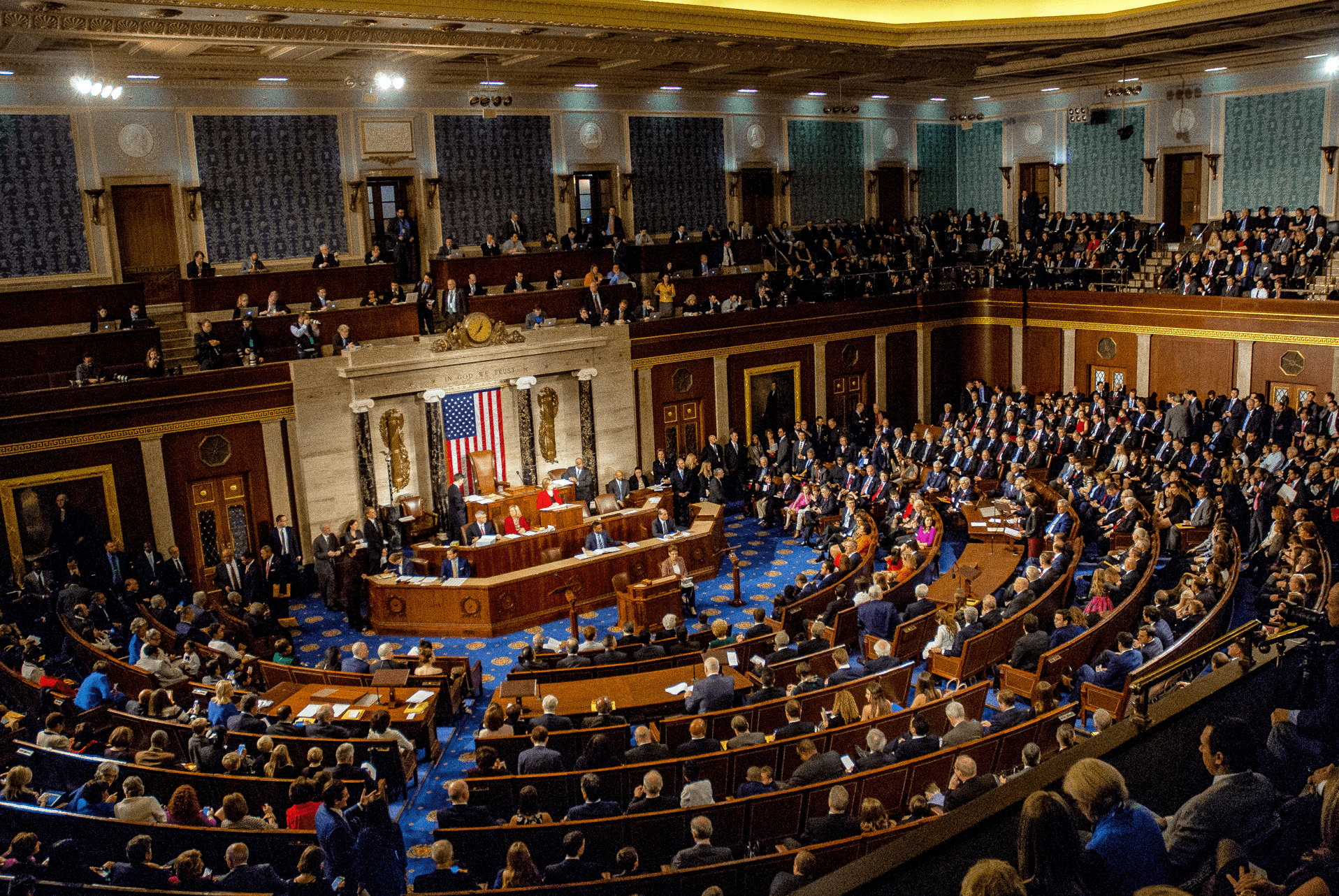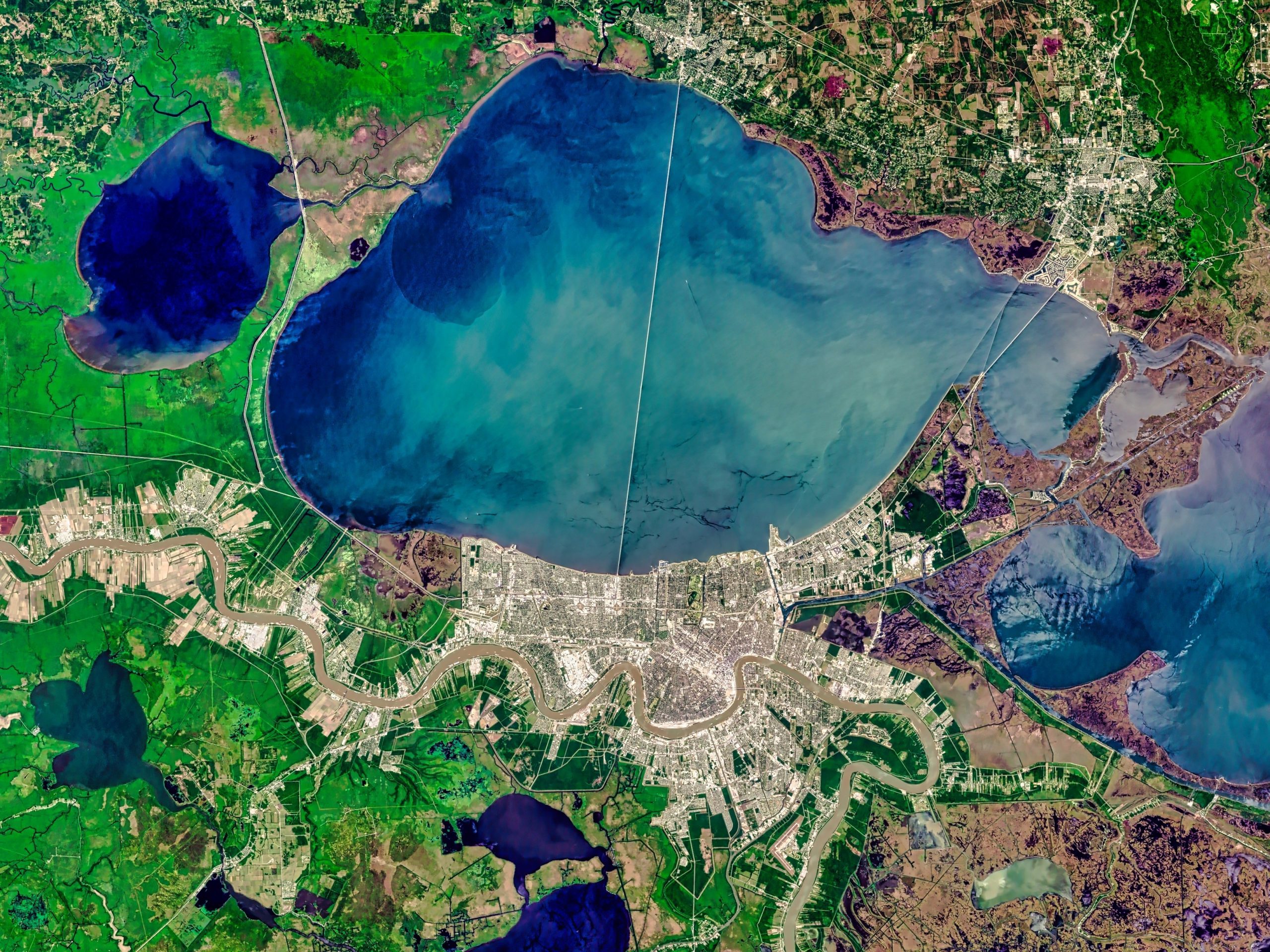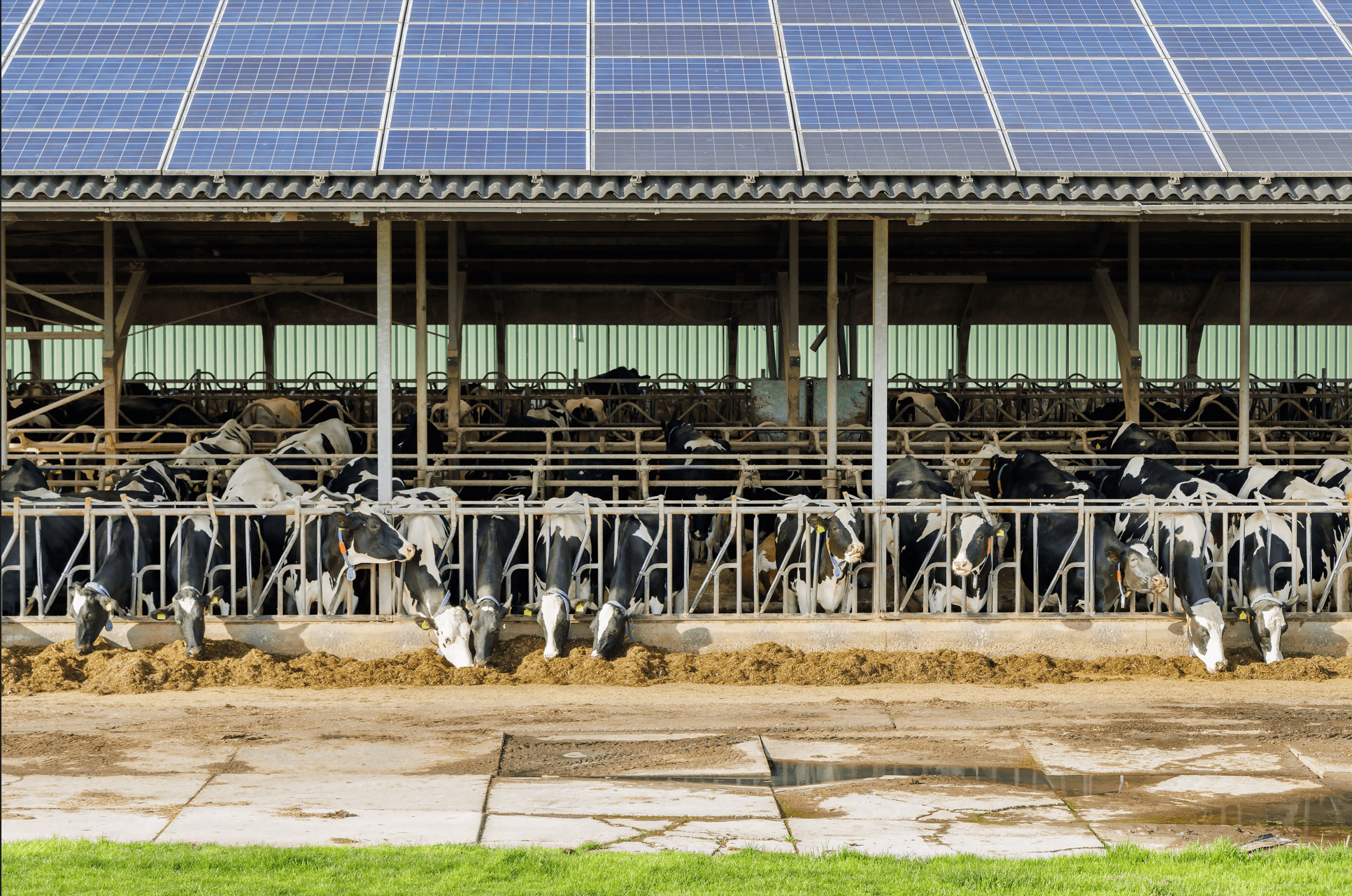
In the past few months, confusion and chaos around federal funding have been widespread. A slew of funding freezes and unfreezes, alongside attacks on federal agencies such as the Federal Emergency Management Administration (FEMA) and the National Oceanic and Atmospheric Agency (NOAA), have targeted the Biden-era programs and offices aimed at environmental justice and climate resilience. Now, as budget reconciliation for fiscal year 2026 progresses, it is likely that more climate and water funding will find itself on the chopping block.
President Trump’s budget request was released on May 2nd, which aims to cut non-defense discretionary funding by about 23 percent or $163 billion. Some of these billions will arise from budget cuts at the Environmental Protection Agency (EPA), NOAA, and similar agencies pursuing climate work.
Also embedded in these requested budget slashes is a $2.46 billion cut from the Clean and Drinking Water State Revolving Funds. It appears that the federal government wishes to transition this crucial infrastructure work fully under state jurisdictions, as opposed to the longstanding federal-state partnership at the heart of the programs. To make this transition, the budget proposal for EPA pares this funding down, beginning with a much-reduced allocation of about $305 million total to initiate the move. How jurisdictions will manage clean water and drinking water infrastructure after the Infrastructure Investment and Jobs Act’s (IIJA) fiscal year 2026 boost of $9.2 billion ebbs is yet to be seen. Interestingly, the skinny budget also outlines an increase in nine million, to $124 million, for EPA for unspecified drinking water programs, as well as an increase of $27 million, to $31 million, for drinking water access in Tribal Nations.
Other proposed cuts include $1.5 billion from NOAA, $646 million from FEMA, $609 million from the Bureau of Reclamation and the Central Utah Project, and a whopping $15 billion in repeals of IIJA funding. The budget frames these cuts as reducing spending for climate and equity, mirroring other program cancelations such as the cancelation and clawback of funding from the Building Resilient Infrastructure and Communities program under FEMA and the firing of the White House’s Justice40 staff.
Turning towards trimming the Department of the Interior (DOI), the budget proposes a $207 million cut from the U.S. Fish and Wildlife Service (USFWS), and $198 million cut from the Bureau of Land Management’s (BLM) Conservation programs. Meanwhile, the Department of Agriculture (USDA) would experience $770 million in cuts from the Natural Resource Conservation Service for private lands conservation and watershed operations, as well as $721 million for its Rural Development programs. The U.S. Forest Service (USFS) would undergo a $391 million operations cut, as well as a cut in $392 million for national forest management, under which the Collaborative Forest Landscape Restoration program lies. Other “small agency eliminations” include the Marine Mammal Commission, the Office for Navajo and Hopi Indian Relocation, and the Great Lakes Authority.
Alongside cuts to forest management, the Trump Administration is proposing a reorganization of how the federal government responds to wildfires. The proposed budget melds the wildfire mitigation and suppression responsibilities from the BLM, the National Park Service, the USFS, and the USFWS into one Federal Wildland Fire Service housed within the DOI. Notably, this takes wildland fire management out of the realm of the USDA, streamlining agency management.
Outside of President Trump’s proposed budget, the Senate budget resolution proposed removing a tax exemption on municipal bonds, which local governments rely on to finance drinking water and wastewater projects. As described in a previous digest, most spending for water systems is shouldered by localities. According to a 2025 report from the Congressional Budget Office, 96 percent of public spending on water and wastewater facilities was supported by state and local governments in 2023. Tax exemptions help local governments save on this cost burden, which will only grow with the petering out of the Clean and Drinking Water State Revolving Funds.
The Water Program Portal will monitor updates coming out of the budget reconciliation process as they are released. As of April 28th, House committees have begun to mark up sections of the Senate-passed reconciliation package falling under their jurisdiction. The final package is anticipated to be passed in the middle of the summer, with key actions likely in late May and June.


